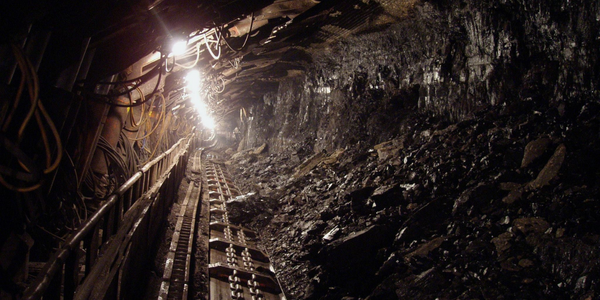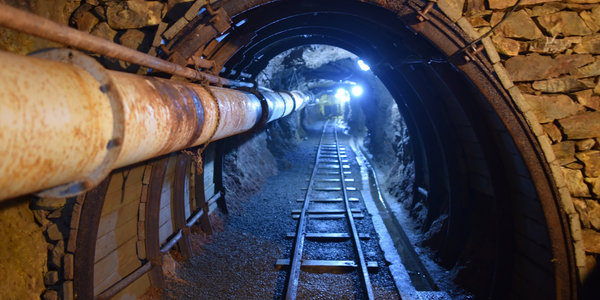Customer Company Size
Mid-size Company
Region
- America
Country
- United States
- Canada
- Mexico
Product
- Sage 500 ERP
- Sage Fixed Assets Accounting
- SAP® Crystal Reports for Sage 500 ERP
- FRx
Tech Stack
- IBM AS400
- PeopleSoft
Implementation Scale
- Enterprise-wide Deployment
Impact Metrics
- Cost Savings
- Productivity Improvements
Technology Category
- Functional Applications - Inventory Management Systems
- Functional Applications - Enterprise Resource Planning Systems (ERP)
Applicable Industries
- Mining
Applicable Functions
- Discrete Manufacturing
- Warehouse & Inventory Management
Use Cases
- Inventory Management
- Manufacturing System Automation
Services
- System Integration
About The Customer
Luzenac America, Inc. is a division of the Luzenac Group, which mines more than a quarter of the talc used around the world. Luzenac America manufactures half a million tons of talc a year at plants in Canada, the U.S., and Mexico. The company has ten locations and employs 450 people. The company was using a tier-one financial system (JD Edwards, now Oracle’s PeopleSoft) on an IBM AS400 to manage its operations. However, the system was complicated and unwieldy due to numerous layered customizations. It was easy to enter data but hard to extract usable information. Plus, the system was expensive to upgrade and required dedicated IS and IT departments for support.
The Challenge
Luzenac America, a division of the Luzenac Group, was using a tier-one financial system (JD Edwards, now Oracle’s PeopleSoft) on an IBM AS400 to manage its operations. However, the system was complicated and unwieldy due to numerous layered customizations. It was easy to enter data but hard to extract usable information. Plus, the system was expensive to upgrade and required dedicated IS and IT departments for support. The company was spending too much on the system, even for a company of its size. They needed a new system that could address most of their needs out of the box, wasn't buggy, and had superior warehouse and inventory management capabilities.
The Solution
Luzenac America decided to switch to Sage 500 ERP for all core financial applications, including general ledger, sales order, receivables, payables, and cash management. A Production Information Management System (PIMS), authored by Ironware Technologies, records production data and integrates seamlessly with the Sage 500 ERP Inventory Management, Inventory Replenishment, Sales Order, Accounts Payable, and Accounts Receivable modules. Sage 500 ERP automatically records inventory production into the Inventory Management module, maintaining real-time inventory data for finished goods. The company also uses the Sage 500 ERP Multicurrency Management module for automated fund conversion, which is an important timesaver for the company’s Canadian operations. Sage Fixed Assets Accounting, the fixed assets module for Sage 500 ERP, manages about $100 million worth of Luzenac assets.
Operational Impact
Quantitative Benefit

Case Study missing?
Start adding your own!
Register with your work email and create a new case study profile for your business.
Related Case Studies.

Case Study
Underground Mining Safety
The goal was to produce a safety system to monitor and support underground mining operations; existing systems were either too simple (i.e. phone line) or overly complex and expensive, inhibiting deployment, and providing little-to-no support in event of an accident. Given the dangerous nature of the mining work environment and the strict regulations placed on the industry, the solution would have to comply with Mine Safety and Health Administration (MSHA) regulations. Yet the product needed to allow for simple deployment to truly be a groundbreaking solution - increasing miner safety and changing daily operations for the better.

Case Study
Mining Firm Quadruples Production, with Internet of Everything
Dundee Precious Metal’s flagship mine, in Chelopech, Bulgaria, produces a gold, copper, and silver concentrate set a goal to increase production by 30%. Dundee wanted to increase production quality and output without increasing headcount and resources, improve miner safety, and minimize cost.

Case Study
Fastenal Builds the Future of Manufacturing with MachineMetrics
Fastenal's objective was to better understand their machine downtime, utilization, quality issues, and to embrace cutting-edge manufacturing technology/process improvement capabilities to bring their team to the next level. However, there was a lack of real-time data, visualization, and actionable insights made this transition impossible.

Case Study
Joy Mining Systems
Joy equipment faces many challenges. The first is machine integration and control. The business end of the machine has a rapidly-spinning cylinder with 6-inch diamond-studded cutting teeth. It chews through rock at rates measured in tens of tons per minute. The system grinds through the rock in front, creating a rectangular mine tunnel. Hydraulic lifters support the ceiling as the machine moves forward. Automated drills and screws drive 3-ft long screws into the ceiling to stabilize it. The rock and coal fall into a set of gathering "fingers" below the cutting cylinder. These fingers scoop up the rock and coal and deposit it onto a conveyor belt. The conveyor passes under the machine and out the back. A train of conveyor belt cars, up to a mile long, follows the cutter into the mine. The rock shoots along this train at over 400 feet per minute until it empties into rail cars at the end. Current systems place an operator cage next to the cutter. Choking dust (potentially explosive), the risk of collapse and the proximity of metal and rock mayhem make the operator cage a hazardous location.

Case Study
Improved Monitoring in Industrial Manufacturing Facility
When your crane is moving tons of magma-hot iron, you can’t afford an unexpected failure. McWane Ductile knew monitoring the crane motor metrics within their facility could help prevent a mechanical failure that would strand an enormous bucket of molten metal overhead. Unfortunately, their legacy wired monitoring system couldn’t work with moving objects in this extreme environment. If they could integrate wireless capabilities into their existing equipment they could extend their monitoring capabilities without starting over from scratch.








